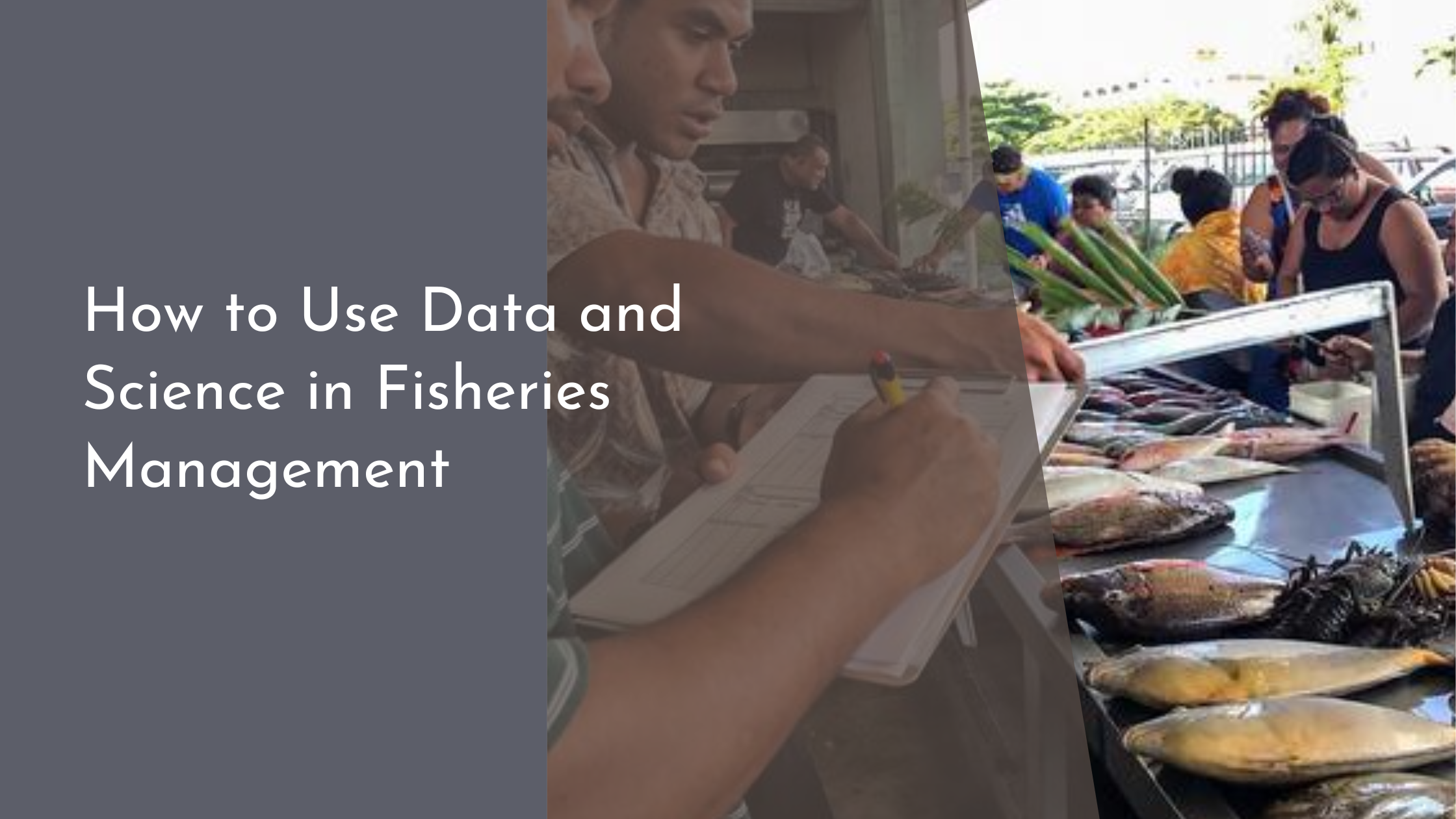How to Use Data and Science in Fisheries Management
Fisheries management is a critical component of ensuring the sustainability of marine ecosystems and the communities that rely on them. As the demand for fish and other marine resources increases, so does the need for sophisticated, science-based management strategies. By leveraging the power of data and scientific research, fisheries can be managed more effectively, balancing ecological health with economic viability. This article explores how data and science can transform fisheries management, ensuring a prosperous future for both marine life and the human communities that depend on it.
Understanding the Basics of Fisheries Science
Fisheries science is a multidisciplinary field that encompasses biology, ecology, oceanography, and sociology to understand fish populations and their interactions with the environment. At its core, fisheries science aims to assess the health and size of fish stocks, investigate the impacts of fishing activities, and predict future trends. By understanding the life cycles of fish, their habitats, and their roles within ecosystems, scientists can make informed recommendations on how to sustainably manage these resources. This foundational knowledge is crucial for developing effective management plans that ensure the long-term viability of fish populations.
Equally important in fisheries science is the understanding of human dimensions and socioeconomic factors. Fisheries are not only biological resources but also vital components of local and global economies. Recognizing the economic and cultural significance of fishing communities helps in creating policies that support sustainable practices while respecting the livelihoods of those involved. Through a comprehensive understanding of both the ecological and human factors, fisheries science provides a pathway to balancing conservation efforts with economic needs.
Collecting and Analyzing Fisheries Data
The collection of accurate fisheries data is essential for effective management. Data is typically gathered through a combination of methods, including direct observations, surveys, catch reports, and technological tracking systems like GPS and sonar. Scientists and fisheries managers use this data to assess stock sizes, monitor changes in fish populations, and evaluate the impacts of environmental variables such as climate change. High-quality data collection forms the backbone of fisheries science, enabling precise assessments and informed decision-making.
Analyzing fisheries data involves sophisticated statistical and computational techniques to interpret the information collected. This analysis helps in identifying trends, assessing the effectiveness of management strategies, and forecasting future stock levels. Data analysis can reveal patterns in fish behavior, migration, and population dynamics that might not be immediately obvious. By turning raw data into actionable insights, fisheries managers can create adaptive strategies that respond to changing conditions and improve the sustainability of fisheries.
Implementing Data-Driven Management Strategies
Once data is collected and analyzed, the next step is to implement management strategies that are informed by these insights. Data-driven management involves setting catch limits, establishing protected areas, and designing regulations that are based on scientific findings. These strategies aim to maintain fish populations at sustainable levels, ensuring that fishing practices do not exceed the regenerative capacity of the ecosystem. By aligning management practices with scientific data, fisheries management can protect marine biodiversity while supporting long-term economic sustainability.
Adaptive management is a key component of data-driven strategies. As new data become available, management plans can be adjusted to reflect the latest scientific understanding. This flexibility is crucial in responding to unforeseen changes, such as shifts in fish migration patterns or emerging environmental threats. By continuously integrating new data and refining strategies, fisheries management remains dynamic and effective, promoting resilience in both marine ecosystems and fishing communities.
Embracing Innovation for Sustainable Fisheries
The integration of innovative technologies is revolutionizing fisheries management. Tools like satellite imaging, electronic monitoring systems, and artificial intelligence are enhancing the precision and efficiency of data collection and analysis. For instance, satellite technology can track ocean conditions and fish movements over large areas, providing real-time data that informs management decisions. These innovations help in overcoming traditional challenges in fisheries management, offering new ways to monitor and preserve marine resources.
Moreover, embracing innovation extends beyond technology to include collaborative approaches and community engagement. Participatory management models that involve local communities, scientists, and policymakers can foster a shared responsibility for sustainable fisheries. By combining scientific expertise with local knowledge and stakeholder input, innovative management practices can be developed that are both effective and culturally relevant. This collaborative spirit ensures that fisheries management is not only about preserving fish populations but also about empowering communities to thrive alongside healthy ecosystems.
The journey toward sustainable fisheries is both challenging and rewarding, requiring a harmonious blend of science, data, and innovation. By embracing scientific principles and leveraging cutting-edge technology, fisheries management can ensure the resilience of marine ecosystems and the prosperity of the communities that depend on them. As we move forward, the commitment to data-driven and innovative approaches will be paramount in creating sustainable solutions that benefit both people and the planet. With continued focus and collaboration, we can build a future where fisheries are managed not only for today but also for generations to come.


